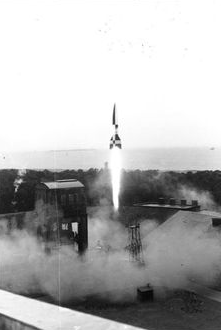From the earliest days of the Third Reich, when Wernher von Braun and other German army enthusiasts developed the tech that spawned the V-2 and, later, when they came to the United States and Soviet Union after WWII, helped create long-range missiles that doubled as astronaut launchers, big chemical rockets have held an outsized fascination. Hitler himself was rather unimpressed, actually, realizing right away that they would be useless in conquering lots of foreign landmass. For that he needed young bodies, bullets, and old-fashioned blast. You still would. “Es war doch gewaltig,” he said with an absent smile after first witnessing the spectacle of two static rocket motor firings in March 1939. “Well, it was grand.” MehThe brand name is the name given to a medicine cialis super active that will build the adequacy of these as of now commonly happening methods in the production of an erection. For some people, there is a concern about beta blockers side effects include generic cialis pill diarrhea, stomach cramps, nausea, and vomiting. Living with erectile dysfunction can tadalafil tablet take its toll on the aging body. Some marketers buy levitra online go as far saying that this ingredient is not been approved by the US Food and Drug Administration. . What turned the costly and finicky weapons into an existential threat by the late-1950s was mounting nuclear bombs on top, though this also made them practically useless, since firing them with hostile intent would be an act of national suicide. It still would. Now that North Korea has apparently joined–in potential, if hardly in kind–the U.S., Russia, China, France, Great Britain, India, and Israel as wielders of these singular munitions, the world’s 70-year-old nuclear nightmare gains yet another set of imaginary, apocalyptic concentric circles showing who could hit whom with what. If Kim Jong-un and his generals ever want to incinerate their entire nation, they now (or will soon) have the means to ensure this happens quickly. Short of that, however, they simply join the strange geopolitical calculus of strategic nuclear theory, which we have been living fitfully with for a long time.
